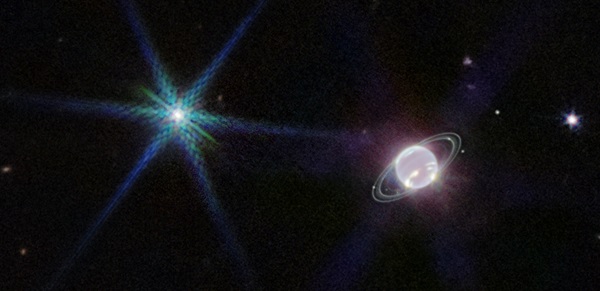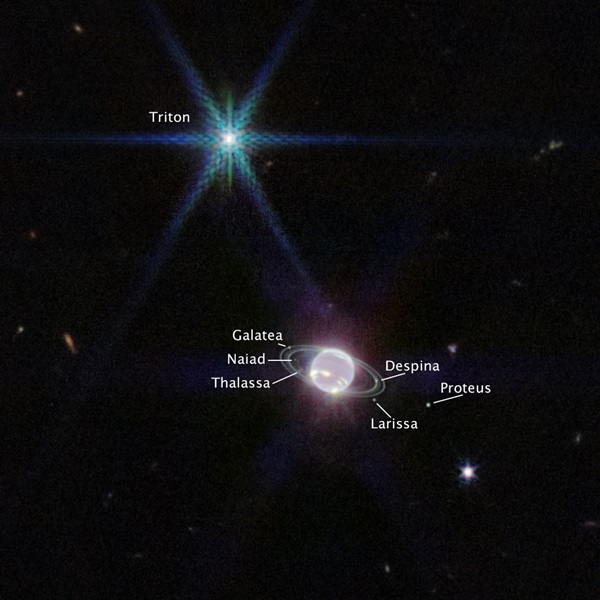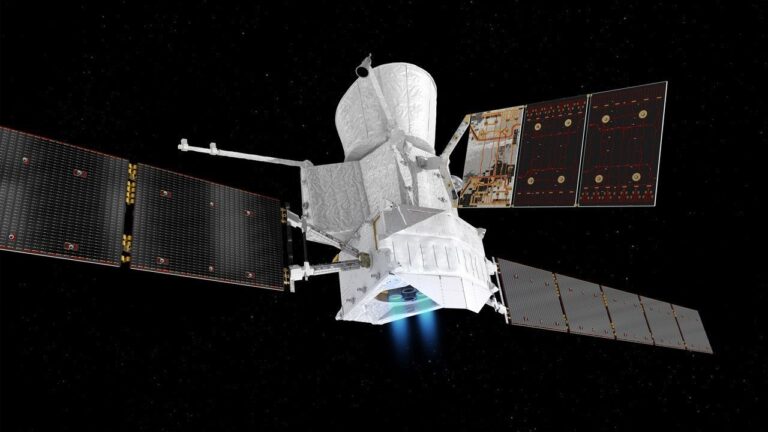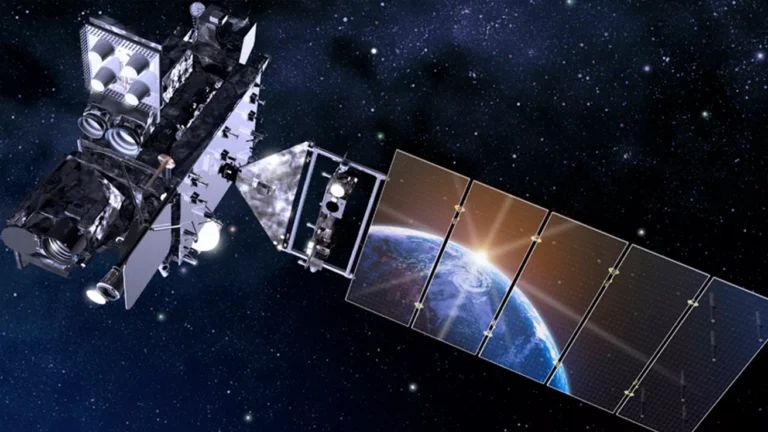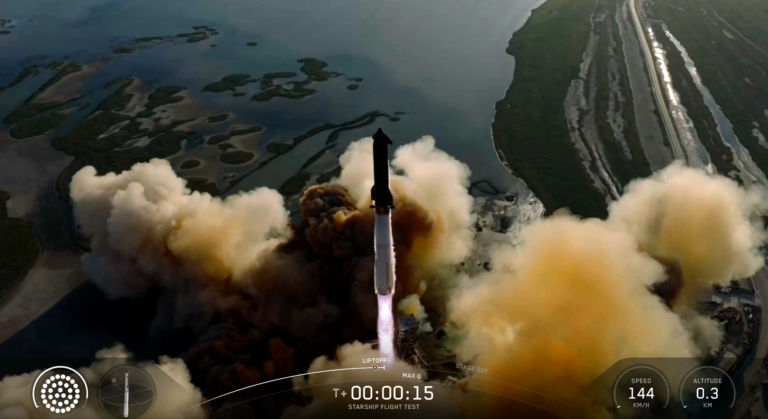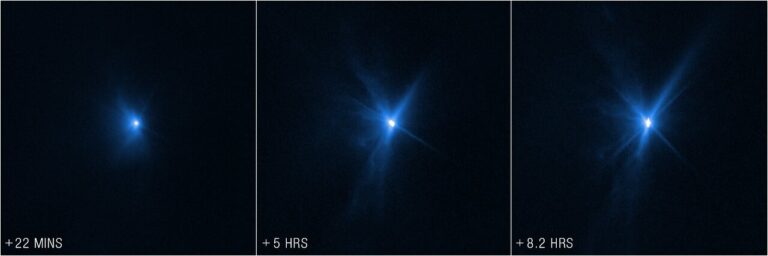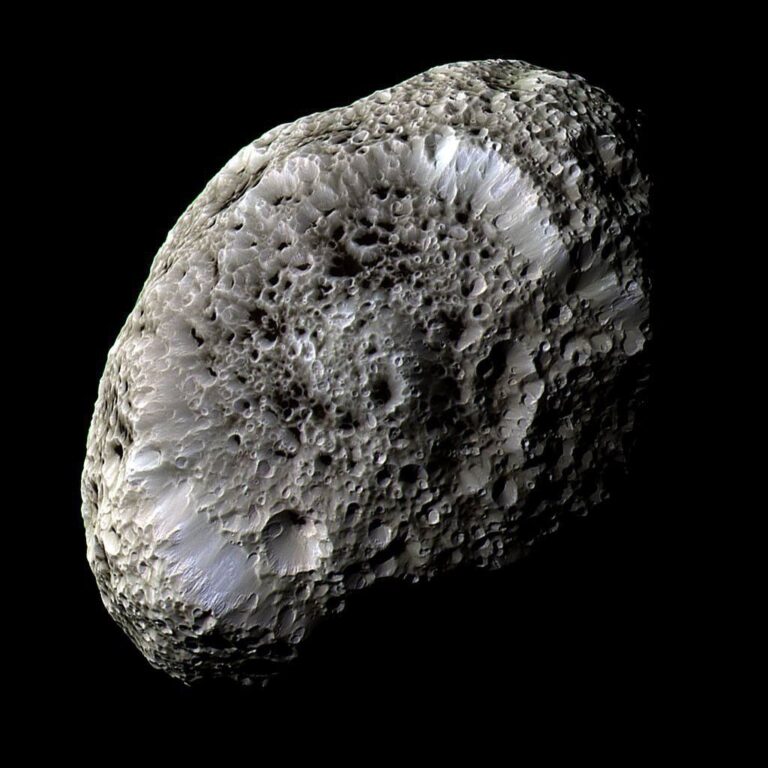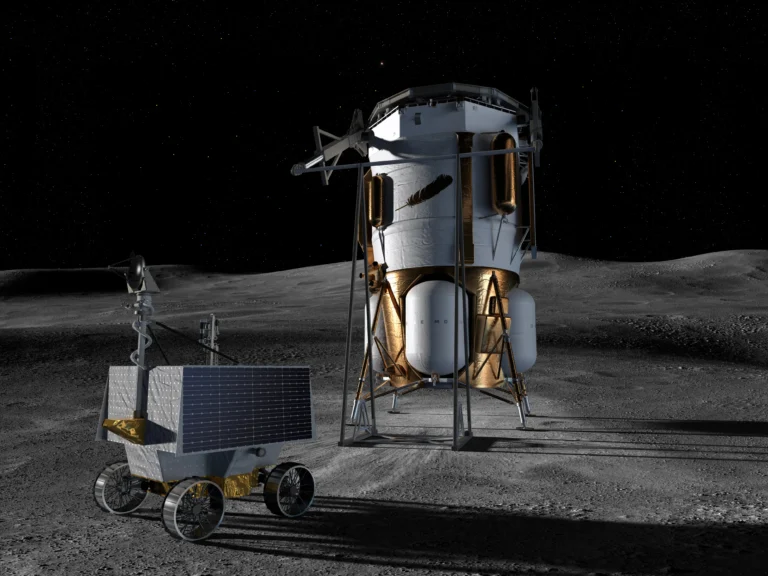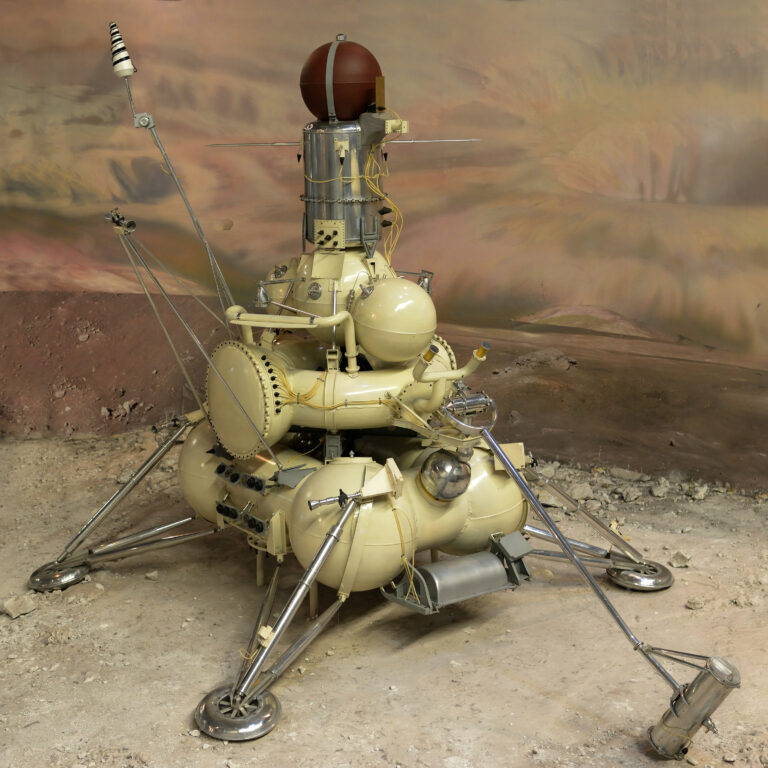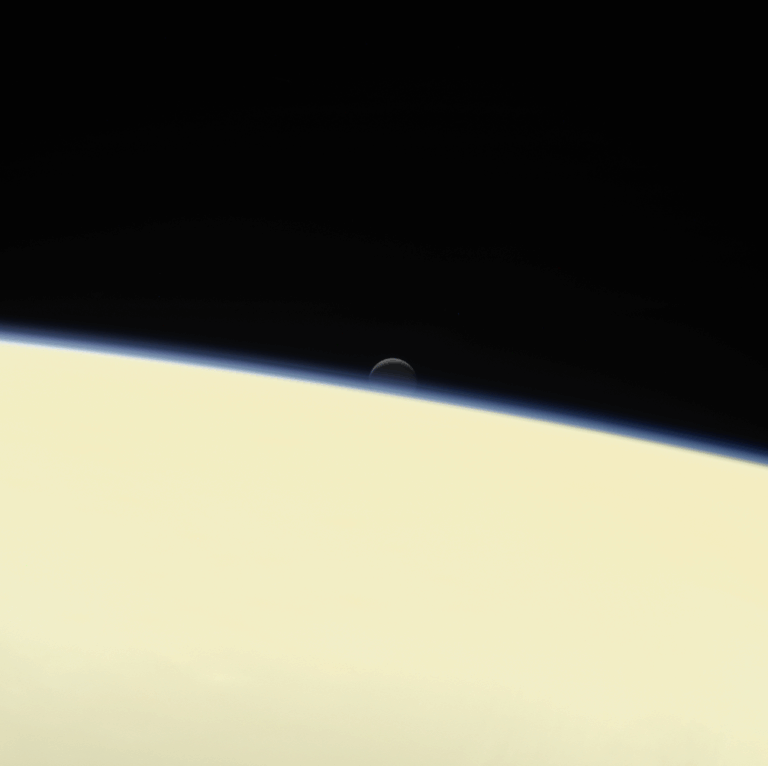Key Takeaways:
Neptune’s delicate rings and even fainter dust bands come into clear focus in this recent image captured by NASA’s James Webb Space Telescope (JWST).
Located some 30 times farther from the Sun than Earth, Neptune, the solar system’s most distant planet, isn’t an easy world to photograph. However, thanks to JWST’s space-based vantage point, impeccable stability, and impressively large (21-foot-diameter) primary mirror, the telescope was able to capture Neptune’s features with a clarity that hasn’t been achieved in more than 30 years.
Perhaps the most striking aspect of the new image is Neptune’s ethereal ring system. Some of these rings are so faint that they haven’t been detected since NASA’s Voyager 2 probe became the first spacecraft to closely observe Neptune during its flyby in 1989. “It has been three decades since we last saw those faint, dusty bands, and this is the first time we’ve seen them in the infrared,” said Heidi Hammel, a Neptune expert and JWST scientist, in a press release.
The solar system’s ice giants — Neptune and Uranus — are richer in heavy molecules than the gas giants Jupiter and Saturn, which are almost entirely composed of hydrogen and helium. Specifically, the ice giants have a relative surplus of gaseous methane, which gives them their characteristic blue hue in visual images like those captured by the Hubble Space Telescope. (According to recent research, Neptune’s turbulent atmosphere is more efficient at dispelling haze from its cloud tops, giving Neptune a deeper blue appearance than Uranus.)
Because methane gas strongly absorbs the wavelengths of light JWST’s Near-Infrared Camera (NIRCam) is sensitive to (0.6 to 5 microns), Neptune appears surprisingly dim in the image above. That’s how Neptune’s nitrogen-covered moon Triton, at top left, manages to outshine the giant planet. High-altitude methane ice, meanwhile, better reflects sunlight, resulting in the bright streaks and spots visible on Neptune’s disk in this shot.
Thanks to JWST, even our solar system’s most distant world is making its way back into the limelight. And with additional observations of both Neptune and Triton planned over the next year, there will surely be more captivating shots to come.

